Front Brake Caliper Replacement Single Piston
Removal Procedure
Caution: Refer to Brake Dust Caution in the Preface section.
Caution: Refer to Brake Fluid Irritant Caution in the Preface section.
Notice: Refer to Brake Fluid Effects on Paint and Electrical Components Notice in the Preface section.
- Inspect the fluid level in the brake master cylinder reservoir.
- If the brake fluid level is midway between the maximum full point and the minimum allowable level, no brake fluid needs to be removed from the reservoir before proceeding.
- If the brake fluid level is higher than midway between the maximum full point and the minimum allowable level, using an appropriate tool, remove the brake fluid to the midway point before proceeding.
- Raise the vehicle. Refer to Lifting and Jacking the Vehicle in General Information.
- Remove the tire and wheel assembly. Refer to Tire and Wheel Removal and Installation in Tires and Wheels.
- Compress the front caliper piston.
- Remove the brake caliper hose bolt from the brake caliper.
- Remove the 2 metal gaskets from the brake caliper bolt. These gaskets maybe stuck to the brake caliper and/or the brake hose end.
- Discard the 2 metal gaskets.
- Plug the opening in the front brake hose in order to prevent excessive brake fluid loss and contamination.
- Remove the brake caliper mounting bolts.
- Remove the brake caliper.
- Remove the brake pads from the brake caliper. Refer to Front Disc Brake Pads Replacement .
- Remove the brake caliper mounting bolt sleeves.
- Remove the rubber O-rings.
- Discard the rubber O-rings.
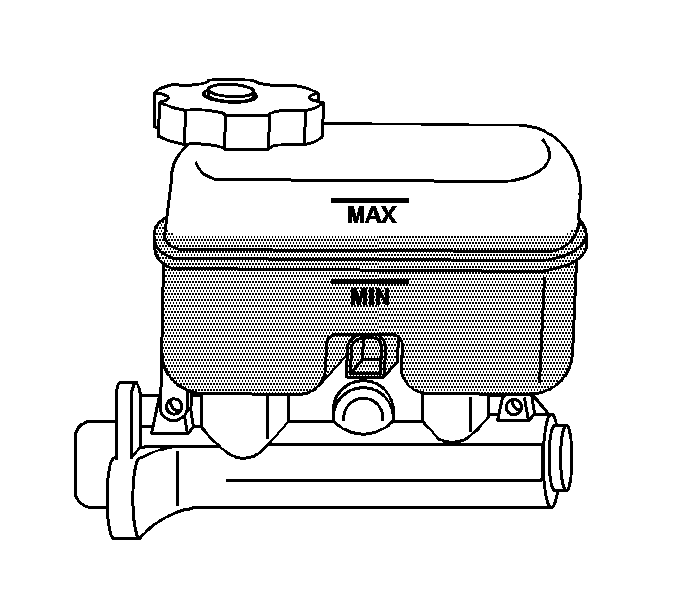

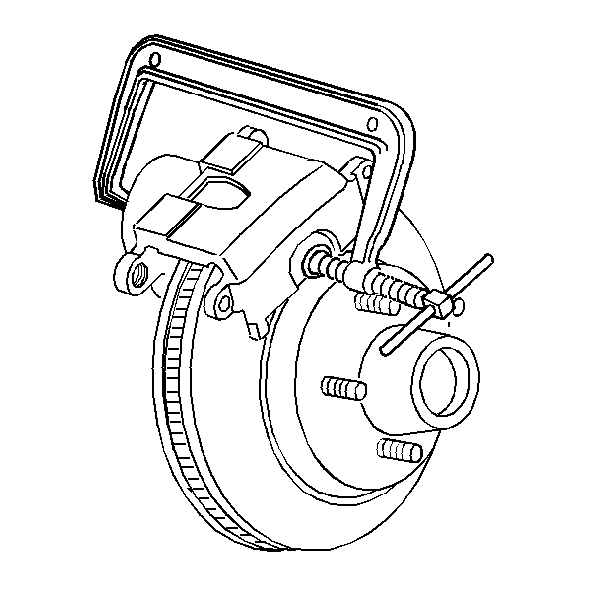
| • | Install a large C-clamp over the top of the caliper housing and against the back of the outboard pad. |
| • | Slowly tighten the C-clamp until the piston is fully seated in the brake caliper bore. |
| • | Remove the C-clamp from the caliper. |
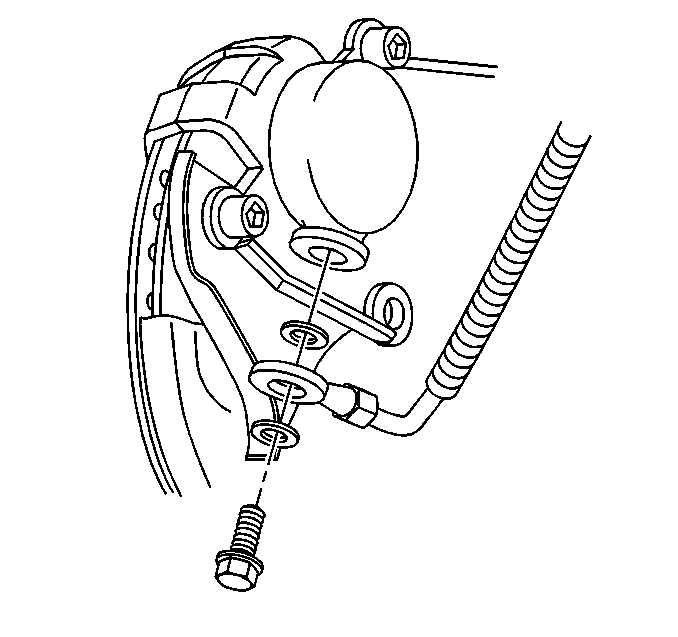
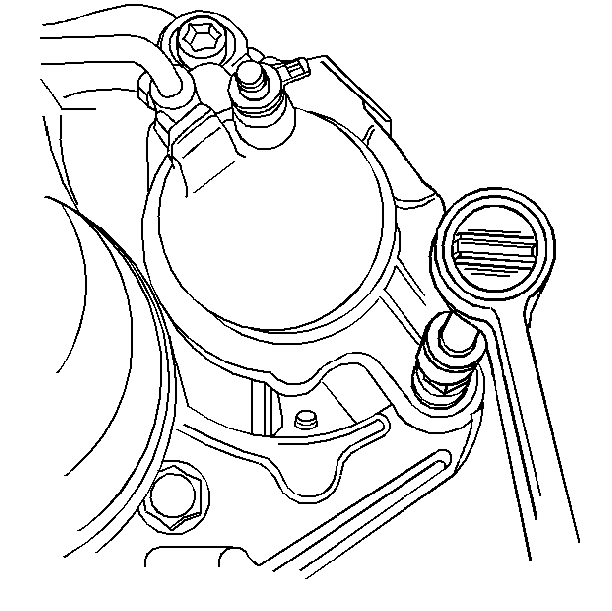
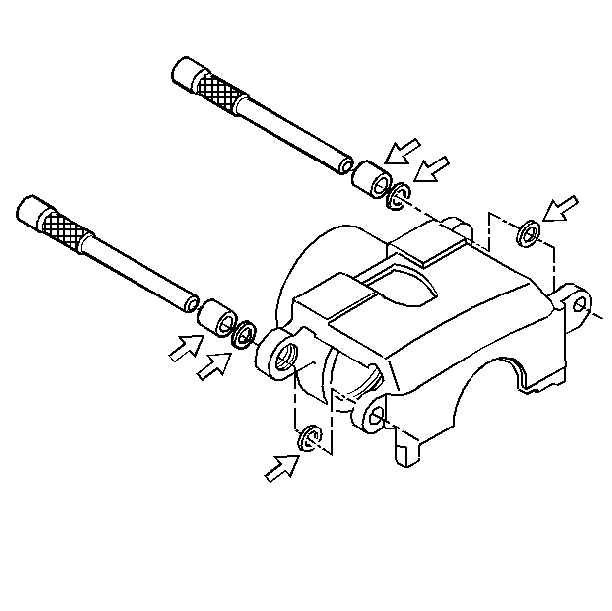
Installation Procedure
- If reusing the brake caliper pin bolts and retainers, clean the brake caliper pin bolts and retainers using denatured alcohol, or equivalent.
- Dry the brake caliper pin bolts using non-lubricated, compressed filter air.
- Lubricate the sleeves and bushings with Delco Silicone Lube, GM P/N 18010909, or equivalent.
- Install the rubber O-ring bushings to the brake caliper.
- Install the brake caliper mounting bolt sleeves.
- Install the brake pads to the brake caliper. Refer to Front Disc Brake Pads Replacement .
- Install the brake caliper mounting bolts.
- Install the front brake hose fitting, the 2 new gaskets and the brake hose fitting bolt.
- Fill the brake master cylinder to the proper level. Refer to Master Cylinder Reservoir Filling in Hydraulic Brakes.
- Bleed the brake caliper. Refer to Hydraulic Brake System Bleeding in Hydraulic Brakes.
- Inspect the brake system for leaks.
- Install the tire and wheel assembly. Refer to Tire and Wheel Removal and Installation in Tires and Wheels.
- Lower the vehicle. Refer to Lifting and Jacking the Vehicle in General Information.
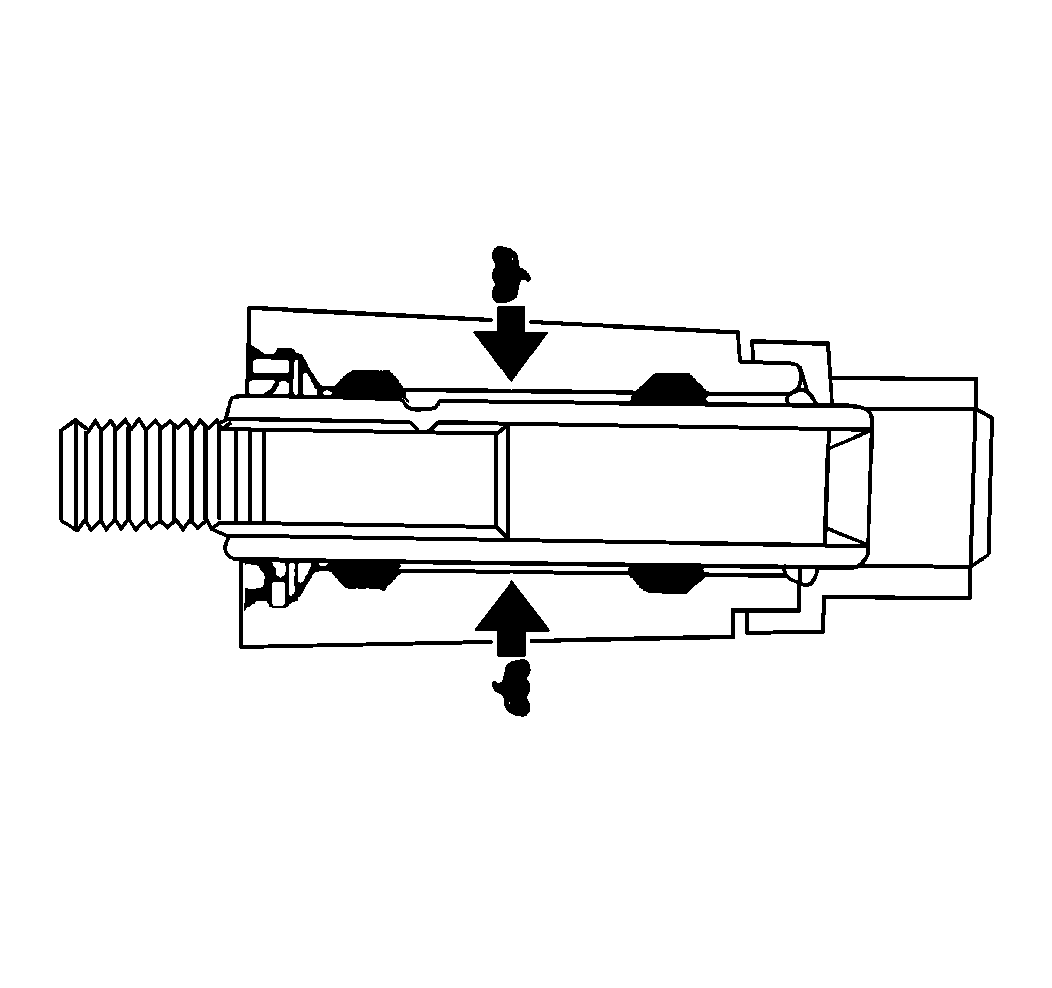


Notice: Use the correct fastener in the correct location. Replacement fasteners must be the correct part number for that application. Fasteners requiring replacement or fasteners requiring the use of thread locking compound or sealant are identified in the service procedure. Do not use paints, lubricants, or corrosion inhibitors on fasteners or fastener joint surfaces unless specified. These coatings affect fastener torque and joint clamping force and may damage the fastener. Use the correct tightening sequence and specifications when installing fasteners in order to avoid damage to parts and systems.
Tighten
Tighten the brake caliper mounting bolts to 51 N·m (38 lb ft).
Notice: Refer to Brake Hose Installation Notice in the Preface section.

Important: When performing the following service procedure, DO NOT reuse the washers, replace them with new washers.
Tighten
Tighten the front brake hose bolt to 54 N·m (40 lb ft).
Front Brake Caliper Replacement Dual Piston
Removal Procedure
Caution: Refer to Brake Dust Caution in the Preface section.
Caution: Refer to Brake Fluid Irritant Caution in the Preface section.
Notice: Refer to Brake Fluid Effects on Paint and Electrical Components Notice in the Preface section.
- Raise the vehicle. Refer to Lifting and Jacking the Vehicle in General Information.
- Remove the tire and wheel assembly. Refer to Tire and Wheel Removal and Installation in Tires and Wheels.
- Remove the brake caliper hose bolt from the brake caliper.
- Remove the 2 copper gaskets from the brake caliper bolt. These gaskets maybe stuck to the brake caliper and/or the brake hose end.
- Discard the 2 copper gaskets.
- Plug the opening in the front brake hose in order to prevent excessive brake fluid loss and contamination.
- Remove the brake hose and washers from the brake caliper.
- Remove the brake caliper guide pin bolts.
- Remove the brake caliper assembly.

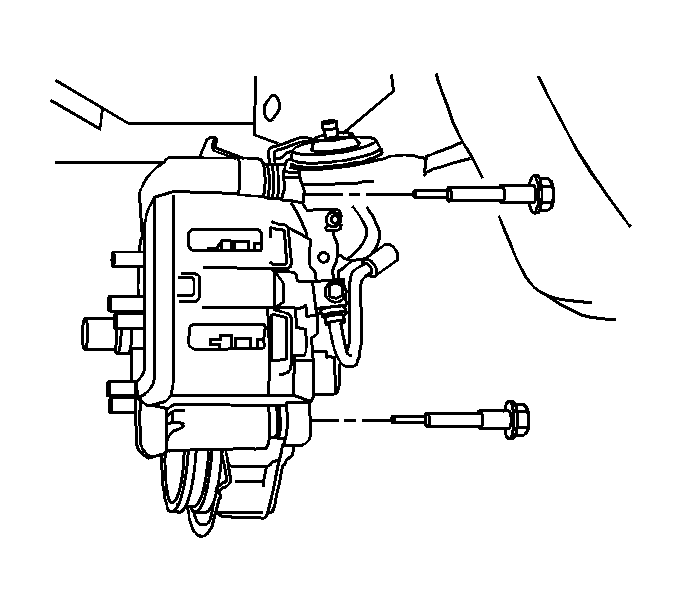
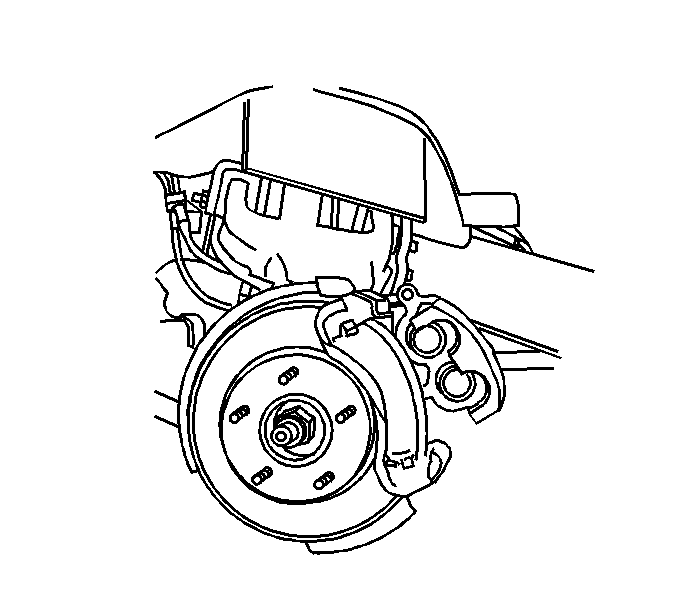
Installation Procedure
- Install the brake caliper on the mounting bracket.
- Install the brake caliper bolts to the mounting bracket.
- Install the brake hose bolt and washers.
- Fill the brake master cylinder to the proper level. Refer to Master Cylinder Reservoir Filling in Hydraulic Brakes.
- Bleed the brake calipers. Refer to Hydraulic Brake System Bleeding in Hydraulic Brakes.
- Install the tire and wheel assembly. Refer to Tire and Wheel Removal and Installation in Tires and Wheels.
- Lower the vehicle. Refer to Lifting and Jacking the Vehicle in General Information.


Notice: Use the correct fastener in the correct location. Replacement fasteners must be the correct part number for that application. Fasteners requiring replacement or fasteners requiring the use of thread locking compound or sealant are identified in the service procedure. Do not use paints, lubricants, or corrosion inhibitors on fasteners or fastener joint surfaces unless specified. These coatings affect fastener torque and joint clamping force and may damage the fastener. Use the correct tightening sequence and specifications when installing fasteners in order to avoid damage to parts and systems.
Tighten
Tighten the brake caliper bolts to 51 N·m (38 lb ft).
Notice: Refer to Installing Hoses without Twists or Bends Notice in the Preface section.

Important: When performing the following service procedure, DO NOT reuse the old bolt washers. Always use new washers.
Tighten
Tighten the brake hose bolt to 54 N·m (40 lb ft).
